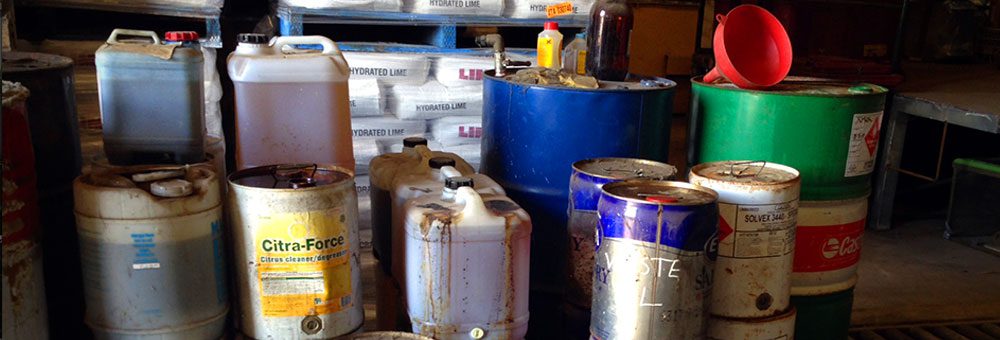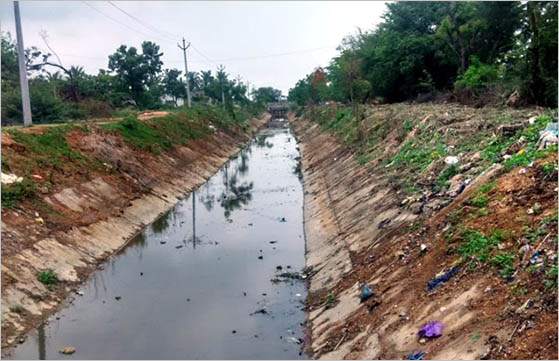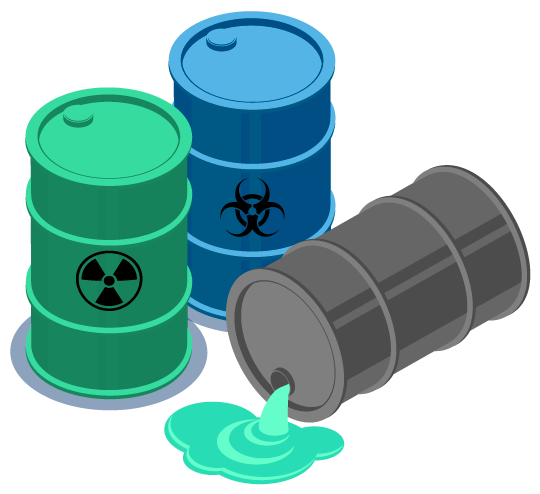How Fluid Waste Disposal Functions: A Thorough Introduction of Techniques and Technologies Used

Overview of Liquid Waste Kind
The complexity of fluid waste types requires an extensive understanding of their features and implications for disposal. Liquid waste can extensively be categorized into a number of kinds, consisting of industrial, local, agricultural, and hazardous waste. Each classification displays distinct residential or commercial properties, requiring particular monitoring techniques to alleviate ecological and wellness dangers.
Industrial liquid waste originates from producing procedures and frequently has a series of pollutants, such as hefty metals, solvents, and natural substances. Metropolitan fluid waste, mainly comprising wastewater from families and industrial facilities, contains raw material, nutrients, and pathogens (industrial wastewater treatment). Agricultural fluid waste, consisting of overflow from farms, may include fertilizers, pesticides, and animal waste, presenting threats to water quality and communities
Harmful fluid waste is identified by its poisoning, reactivity, or potential to create damage. This group includes compounds like acids, bases, and specific chemicals that demand rigid handling and disposal protocols. Comprehending these diverse fluid waste types is essential for creating reliable disposal approaches and guaranteeing compliance with environmental laws. Correct classification and characterization are crucial for implementing proper treatment techniques and reducing the adverse effect on public health and wellness and the setting.
Physical Treatment Techniques

Screening is the preliminary step, where larger particles and particles are removed from the liquid waste utilizing screens or grates. In sedimentation storage tanks, heavier fragments work out at the base, forming a sludge layer, while the clarified liquid can be additional dealt with.
Filtering is another important technique that includes passing the liquid via porous products, such as sand or membrane layers, to catch smaller bits. This action enhances the top quality of the fluid, making it suitable for succeeding therapy procedures.

Chemical Therapy Methods
Chemical therapy techniques are essential for successfully managing fluid waste, especially in dealing with liquified and colloidal contaminants that physical approaches may not effectively get rid of. These techniques utilize numerous chemical agents to counteract, precipitate, or change dangerous compounds into less harmful forms.
One usual method is coagulation and flocculation, where chemicals such as alum or ferric chloride are contributed to advertise the aggregation of suspended fragments. This process improves sedimentation, enabling for less complicated elimination of the resulting sludge. In addition, oxidation procedures, employing representatives like chlorine or ozone, are utilized to break down complicated natural compounds and virus, making the waste safer for discharge or additional treatment.
Neutralization is one more essential method, which adjusts the pH of acidic or alkaline waste streams to neutral levels, preventing possible harm to downstream systems and the atmosphere. Moreover, progressed oxidation processes (AOPs) make use of mixes of oxidants and ultraviolet light to deteriorate relentless pollutants, achieving a greater level of therapy performance.
Organic Treatment Processes
Biological therapy processes play an important function in the monitoring of liquid waste by utilizing bacteria to break down natural matter and minimize contaminant degrees. These procedures can be extensively classified right into anaerobic and aerobic treatments, each utilizing specific microbial communities to attain effective waste deterioration.
Cardiovascular treatment entails using oxygen to assist in the malfunction of natural products by microorganisms. This process is generally implemented in triggered sludge systems, where aeration tanks provide a favorable setting for microbial growth, causing the oxidation of natural contaminants. The resultant biomass can be separated from dealt with Visit This Link effluent via sedimentation.
On the other hand, anaerobic therapy happens in the lack of oxygen, depending on various germs to break down natural issue. This technique is particularly beneficial for high-strength waste, as it produces biogas, a renewable resource resource, while decreasing sludge production. Technologies such as anaerobic digesters are regularly utilized in community and commercial applications.
Both anaerobic and aerobic biological treatments not only reduce the environmental effect of fluid waste but additionally promote source recuperation, making them crucial components of lasting waste monitoring approaches. Their performance, adaptability, and efficiency sustain their extensive implementation across various industries.
Arising Technologies in Disposal
Cutting-edge approaches to liquid garbage disposal are quickly developing, driven by improvements in modern technology and a raising focus on sustainability. Amongst these emerging technologies, membrane bioreactors (MBRs) have gained traction for their capability to incorporate biological treatment with membrane layer filtration, resulting in high-grade helpful resources effluent that can be recycled in numerous applications. MBRs enable smaller sized impacts and more effective operations contrasted to standard systems.
An additional promising development is the use of anaerobic digestion combined with nutrient healing modern technologies, which not just deals with liquid waste but also produces biogas and recovers beneficial nutrients like nitrogen and phosphorus. This double advantage boosts resource effectiveness and decreases environmental influence.
In addition, advanced oxidation procedures (AOPs) are being taken on for the destruction of complicated natural toxins. These techniques use effective oxidants and drivers to break down pollutants at the molecular degree, supplying an extremely efficient service for tough waste streams.
Furthermore, the assimilation of fabricated knowledge and maker discovering in waste administration systems is enhancing operational effectiveness and anticipating maintenance, leading to decreased costs and enhanced environmental conformity. These technologies show a significant change in the direction of even more sustainable and reliable liquid garbage disposal methods.
Final Thought
In verdict, effective liquid waste disposal necessitates a detailed understanding of various methods and innovations. By constantly advancing these approaches, it becomes feasible to resolve the growing challenges associated with fluid waste, eventually contributing to environmental security and resource recuperation.
Fluid waste disposal is a crucial element of environmental management, calling for an extensive understanding of various techniques and technologies tailored to different waste types. Liquid waste can generally be classified right into numerous types, consisting of commercial, community, farming, and harmful waste. Agricultural fluid waste, Home Page including drainage from farms, might have fertilizers, chemicals, and animal waste, posing risks to water top quality and communities.
Different physical therapy techniques play an important function in handling liquid waste successfully - industrial wastewater treatment.In verdict, reliable liquid waste disposal demands a thorough understanding of numerous techniques and modern technologies